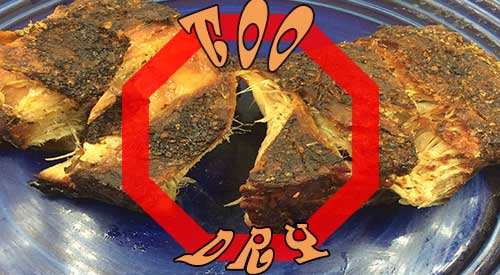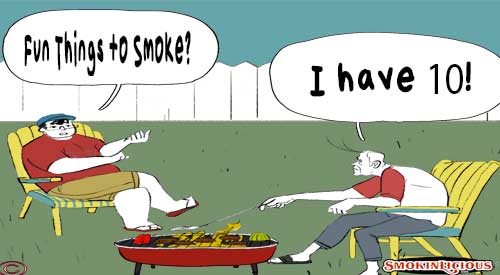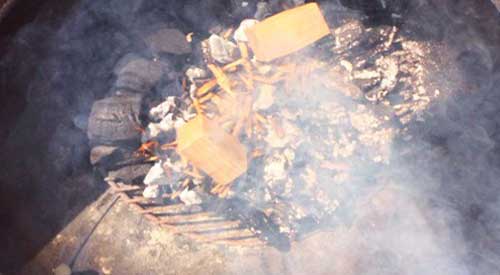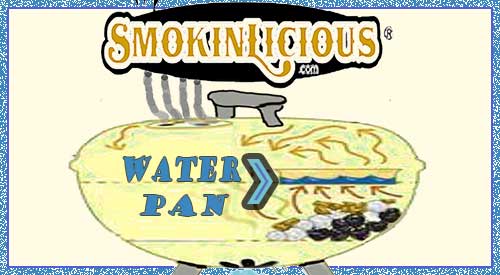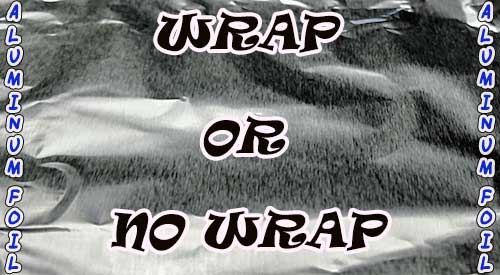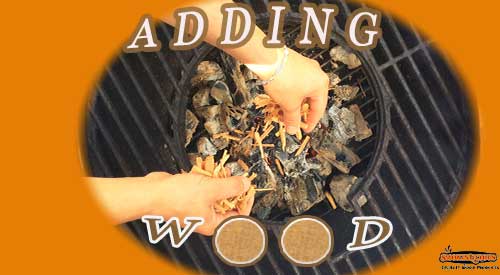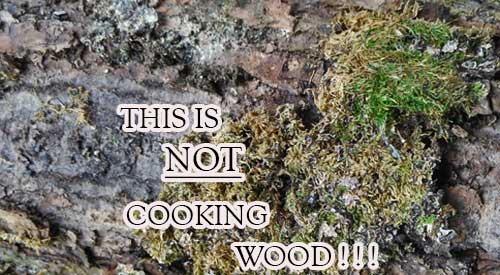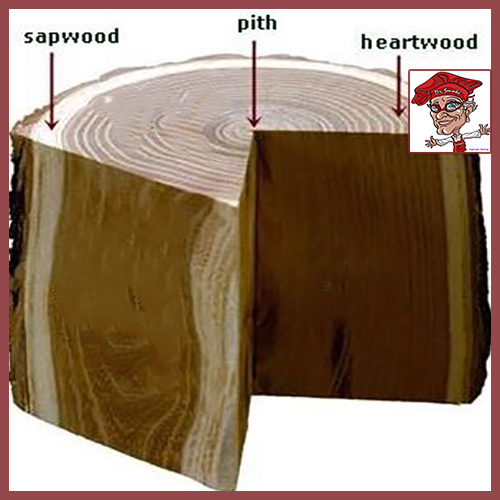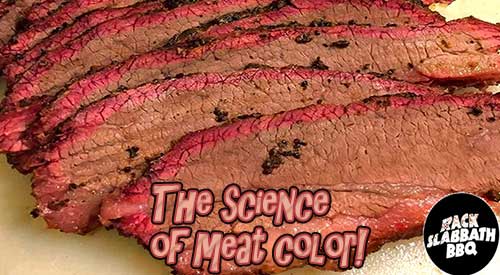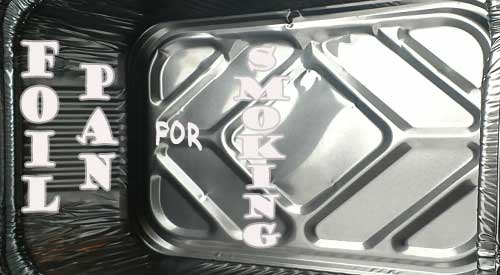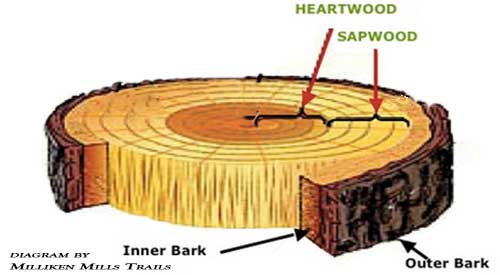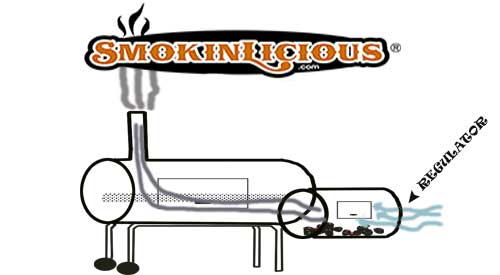
Diagram showing the importance of smoker air flow.

Audio Player SMOKER AIR FLOW IS YOUR TEMPERATURE CONTROL
How do you keep a charcoal grill at 200°F? How do you cool down a charcoal grill? Do you keep the vents open all the time?
When it comes to smoker air flow, here are a few common questions posed for learning all about the importance of air flow in controlling the temperature of a grill or smoker. This can be a challenge specifically for charcoal/wood units as they rely on the human hand to determine when to add fuel as opposed to a gas/LP unit that has continual, regulated flow.
You might assume that the only combustible material used in these units is charcoal or wood but there is another one. Oxygen.
I’m going to provide my top tips on gaining control of temperature by instructing you on smoker air flow or oxygen regulation in specific styles of charcoal/wood burning equipment.
Intake and Outtake of smoker air flow
For many of the charcoal/wood using units, they are built with an intake and an outtake vent. Let’s make sure you understand what these vents are and what the purpose of each is.
Intake Vent: It has one job – bring in oxygen to control the heat of the fire. If you need to raise the temperature of your unit, open the intake vent. Too much heat, close the intake vent which starves the fire for oxygen. Note: if you close the intake vent entirely while keeping the outtake open, you will still starve the fire and put it out.
Here’s the trick – each unit will have a “sweet spot” for the perfect balance of oxygen flow. Find that spot, and you can maintain a temperature easily in your equipment. But, I’m getting a little ahead of myself. Let’s discuss the opposing vent.
Outtake Vent: This goes by different names (chimney, flue, outtake, vent) but has the same purpose regardless of what you call it; vent out the gases from the combustible material and pull in oxygen from the intake vent which is commonly know as draft. Remember a charcoal/wood fire produces gases which need to be vented. If they aren’t properly vented, they will smother the fire.
When learning how to regulate your equipment for the desired temperature setting, always start with the outtake vent fully open. This allows you to manipulate only the intake vent until you reach the desired temperature. That will help you learn where the sweet spot is on your equipment.
There are times when no matter how you play with the intake vent, you never seem to get the temperature to hold. What now?
Time to look for leaks in your equipment. If an access door or lid are bleeding smoke, then you know where the extra oxygen is coming from. That will affect the draft between the intake and outtake vent and result in fluctuating temperature that cannot be controlled. Best course of action is to try to seal the leaks with food grade silicone or other materials suitable for high heat appliances.
The Shape of the Equipment
In my opinion, the vertical-style equipment models tend to be much easier to get airflow/temperature control. Horizontal units also referred to as off-set smokers and grills, specifically the inexpensive models, tend to have poor design in the vent placements as well as poor insulation that results in heavy leakage.
If you insist on purchasing a horizontal unit, read reviews and ask questions about how the unit is insulated. Get specific with the materials used, quality of the metal parts, etc.
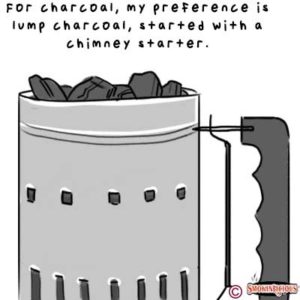
Always try to light your initial fuel product, whether briquets, lump hardwood charcoal, or charcoal in a chimney starter so you can control the quantity with every cook. Use the chimney to add hot coals to the unit when you need to increase temperature. Although you can have unlit charcoal in your charcoal area so it will ignite as the lit produce makes contact, this isn’t always a guarantee that you won’t produce some temperature variance. The best chance of getting the temperature regulated is by adding hot coals as needed, even if this may be every hour or so.
To summarize, learn to control temperature by using the same quantity and type of material for the fuel, lit it with a chimney starter, only add hot coals to increase the temperature, and always have the exhaust vent open at least ½ way when cooking. Remember the number one thing is Temperature control is all in the air flow and you will have tasty grilling results!
Our Readers Are Asking..
When should I add more wood to my smoker to prevent a bitter flavor?
There are a few possible causes for bitter smoked food outcome and easy to fix:
#1 Outtake vent is to tight – open it a bit more;
#2 Wood chunks are too wet. Don’t pre-soak the chunks. Put them on the charcoal dry;
#3 Using too much wood at a time. It only takes 3–4 chunks to infuse smoke flavor;
#4 Not using an ideal hardwood. Stick to common hardwoods like cherry, maple, oak hickory, pecan, ash, alder, beech. Never use softwoods like pine, spruce, cedar, etc;
#5 Use a water pan to keep a good balance of heat, vapor, and moisture.
SmokinLicious® Products Used in this Blog:

More Related reading about smoker air flow is your temperature control an other cooking subjects.
Related readings

Dr. Smoke for best results in your grilling and smoking enjoyment follow smoker air flow is your temperature control guide.
